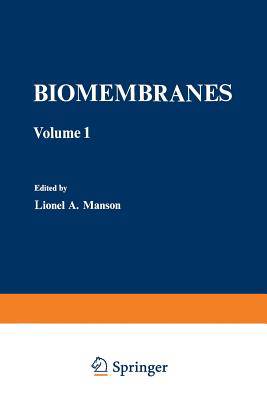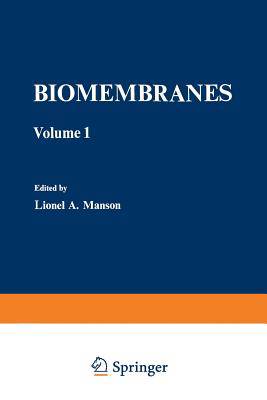
- Afhalen na 1 uur in een winkel met voorraad
- Gratis thuislevering in België vanaf € 30
- Ruim aanbod met 7 miljoen producten
- Afhalen na 1 uur in een winkel met voorraad
- Gratis thuislevering in België vanaf € 30
- Ruim aanbod met 7 miljoen producten
Zoeken
€ 106,95
+ 213 punten
Uitvoering
Omschrijving
It has become increasingly clear during the last few years that metabolic processes in plant, bacterial, and mammalian cells can no longer be thought of as taking place in a homogeneous intracellular phase. Many enzymes and blood group and histocompatibility antigens have been found associated with subcellular organelles; some chemotherapeutic agents are active because they interfere with the biosynthesis of membranes, and studies of hormonal regulation involve investigations of various aspects of membrane function. The integration of structure and function has become one of the most exciting areas of biochemical investigation, e.g., the brilliant investigations correlating the mechanisms of bioenergetics with the structure of the mitochondrion and the biochemical understanding of the 'p-galactoside permease in Es- cherichia coli as it relates to transport phenomena across the cell surface membrane. Many other intracellular processes are being defined as membrane- associated phen
Specificaties
Betrokkenen
- Auteur(s):
- Uitgeverij:
Inhoud
- Aantal bladzijden:
- 294
- Taal:
- Engels
- Reeks:
- Reeksnummer:
- nr. 1
Eigenschappen
- Productcode (EAN):
- 9781468433296
- Verschijningsdatum:
- 8/03/2012
- Uitvoering:
- Paperback
- Formaat:
- Trade paperback (VS)
- Afmetingen:
- 152 mm x 229 mm
- Gewicht:
- 412 g

Alleen bij Standaard Boekhandel
+ 213 punten op je klantenkaart van Standaard Boekhandel
Beoordelingen
We publiceren alleen reviews die voldoen aan de voorwaarden voor reviews. Bekijk onze voorwaarden voor reviews.








